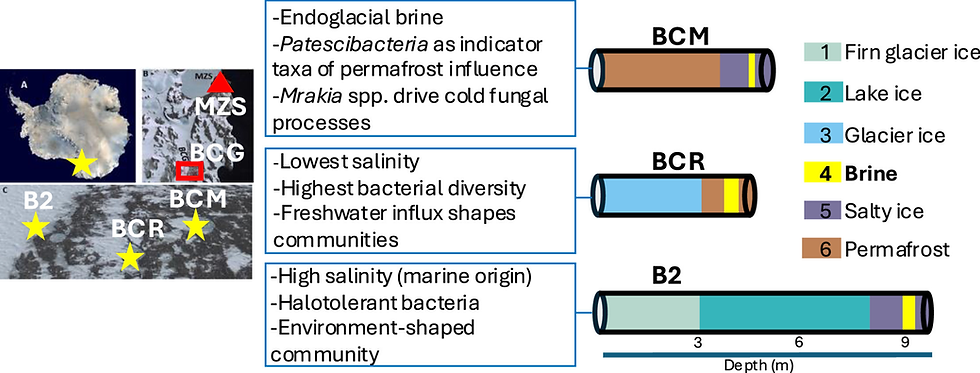Characterization of the ompL1 gene of pathogenic Leptospira species in China
- David Ojcius
- Mar 12, 2023
- 1 min read
Background
The usefulness of available vaccine and serological tests for leptospirosis is limited by the low cross-reactivity of antigens from numerous serovars of pathogenic Leptospira spp. Identification of genus-specific protein antigens (GP-Ag) of Leptospira would be important for development of universal vaccines and serodiagnostic methods. OmpL1, a transmembrane porin of pathogenic leptospires, was identified as a possible GP-Ag, but its sequence diversity and immune cross-reactivity among different serovars of pathogenic leptospires remains largely unknown.
Results
PCR analysis demonstrated that the ompL1 gene existed in all 15 official Chinese standard strains as well as 163 clinical strains of pathogenic leptospires isolated in China. In the standard strains, the ompL1 gene could be divided into three groups (ompL1/1, ompL1/2 and ompL1/3) according to their sequence identities. Immune electron microscopy demonstrated that all products of the different gene types of ompL1 are located on the surface of leptospires. The microscopic agglutination test revealed extensive yet distinct cross-immunoagglutination among the antisera against recombinant OmpL1 (rOmpL1) and leptospiral strains belonging to different ompL1 gene types. These cross-immunoreactions were further verified by ELISAs using the OmpL1 proteins as the coated antigens in serum samples from 385 leptospirosis patients. All the antisera against rOmpL1 proteins could inhibit L. interrogans strain Lai from adhering to J774A.1 cells. Furthermore, immunization of guinea pigs with each of the rOmpL1 proteins could cause cross-immunoprotection against lethal challenge with leptospires from different ompL1 gene types.
Conclusion
Three types of the ompL1 gene are present in pathogenic leptospires in China. OmpL1 is an immunoprotective GP-Ag which should be considered in the design of new universal vaccines and serodiagnostic methods against leptospirosis.
Open access. Read more at:







Comments